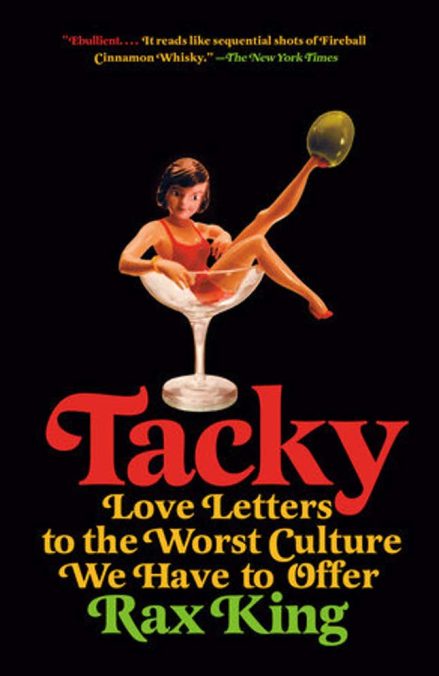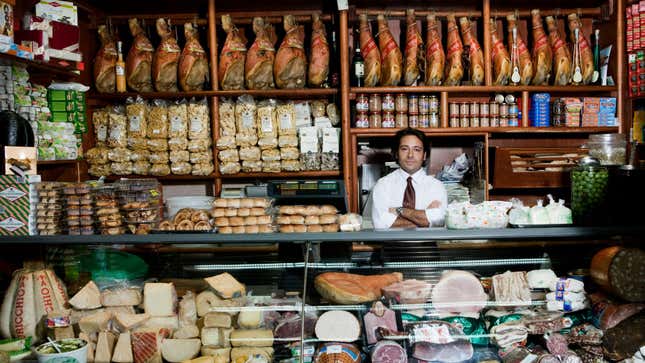Jez Recs: The Pop Culture We Loved This Week
Including YouTube clips of a beloved '90s talk show, a novel about a 28-year-old divorcee, and a hotly anticipated final season premiere.
EntertainmentJez Recs-

-

-

-

-

-

-

-

-

-

-

-

-

-

-

-

-

-

-

-

-

-

-

-

-

-

-

-

-

-

-

-

-

-

-

-

-

-

-

-

















































